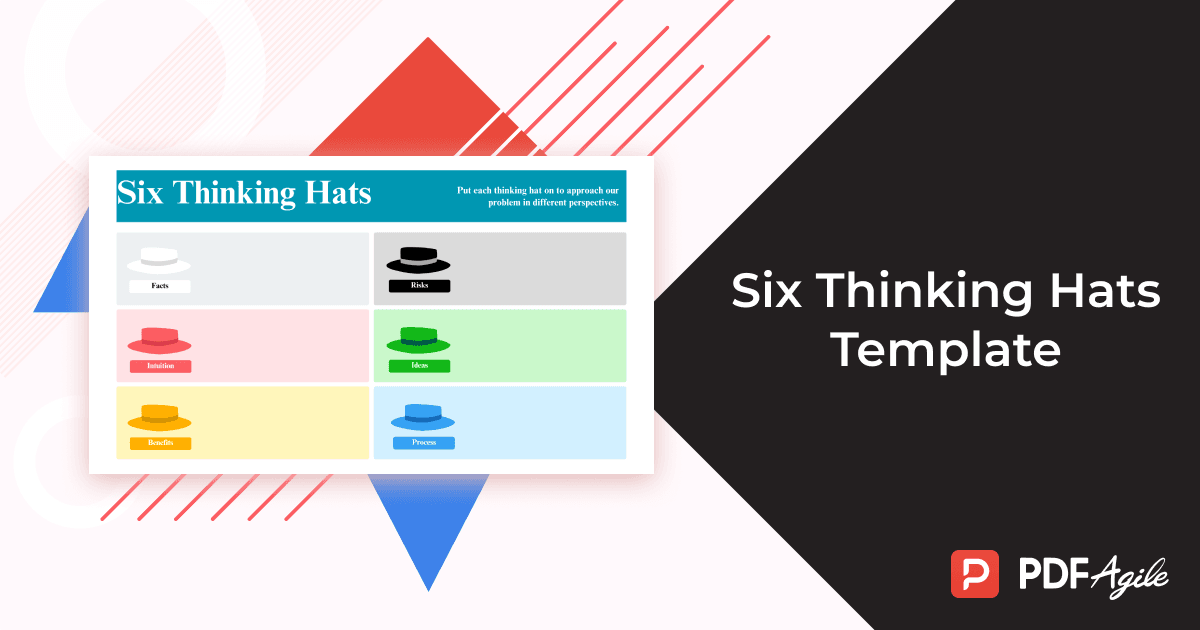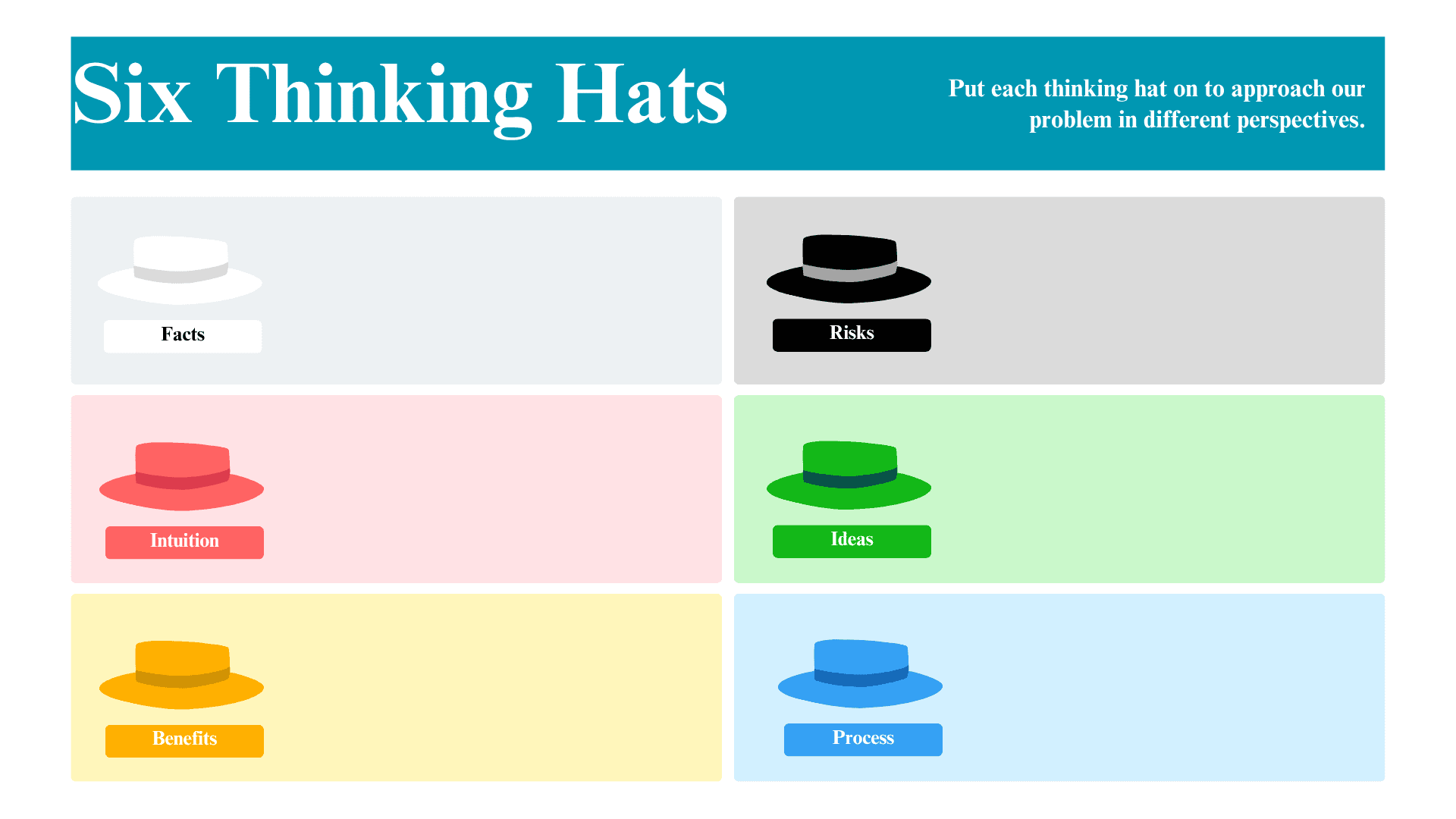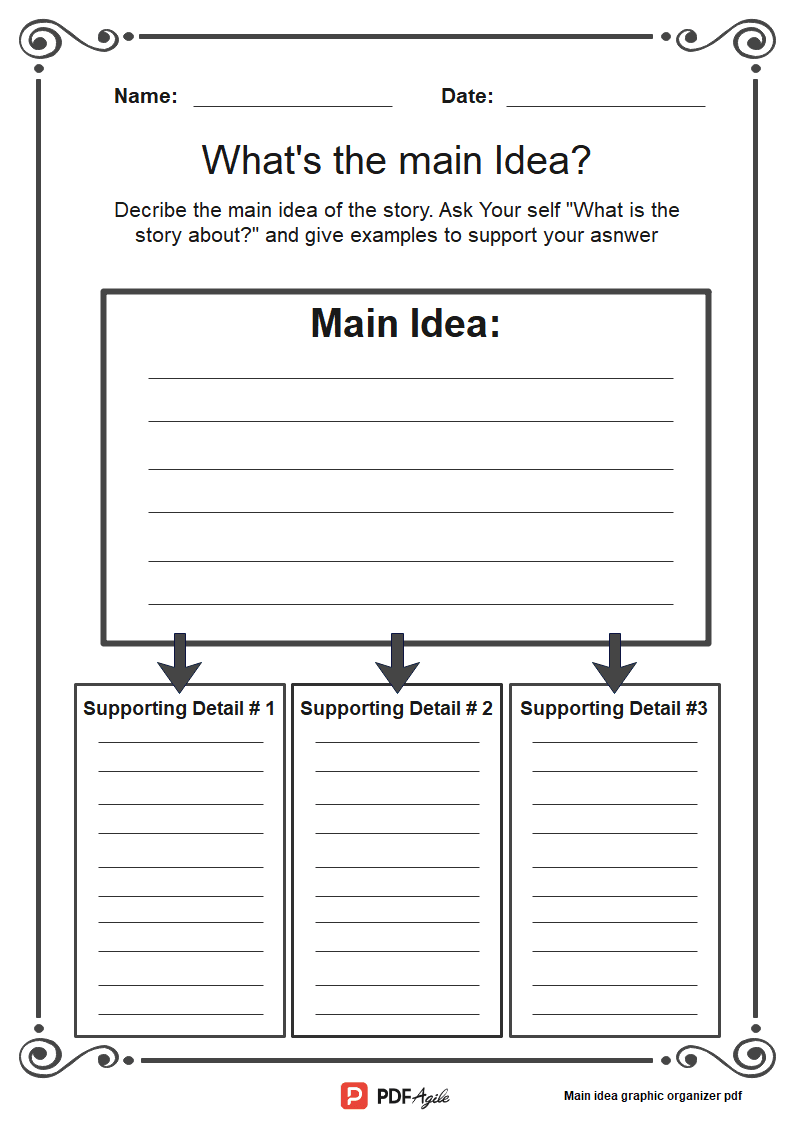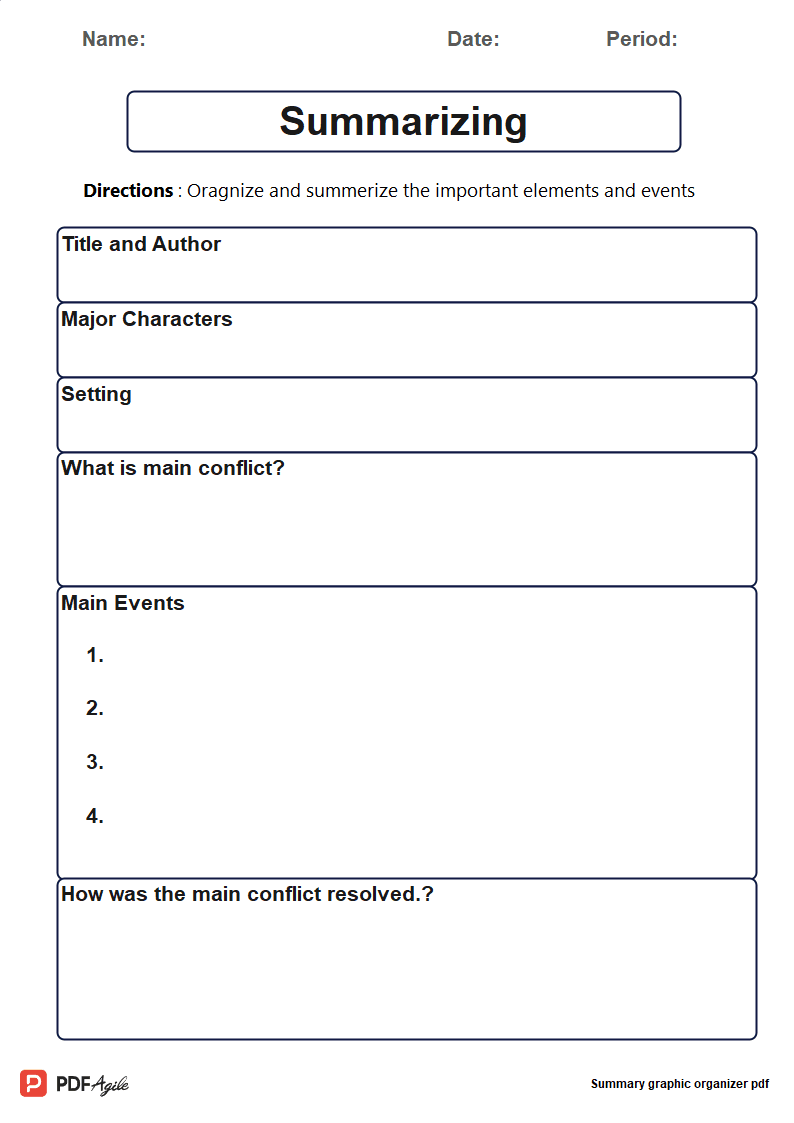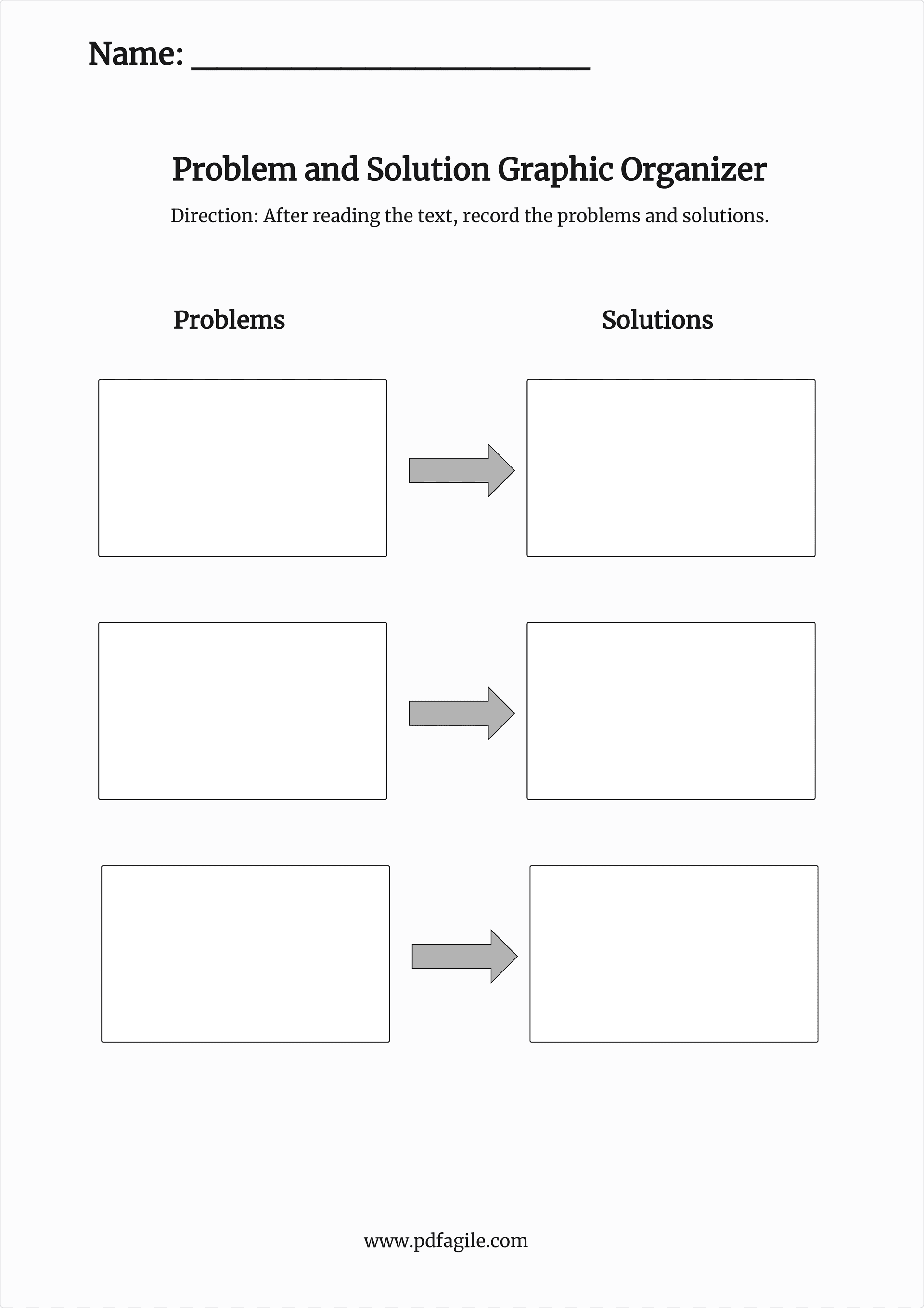Ever felt your team meetings devolve into a whirlwind of opinions and arguments, leaving you further from a solution than when you started? It's a common frustration in today's collaborative environments. But what if there was a way to channel all that diverse thinking into a focused, productive force? Enter the Six Thinking Hats, a deceptively simple yet incredibly powerful technique developed by Dr. Edward de Bono, designed to revolutionize how teams approach problems and make decisions. And the secret to making this method stick? A well-structured Six Thinking Hats template, your practical guide to transforming unproductive discussions into actionable outcomes. Get ready to discover how this tool can empower your team to think smarter, collaborate more effectively, and achieve results you never thought possible.
Decoding the Power of Six Thinking Hats
The Six Thinking Hats technique provides a framework for parallel thinking, allowing teams or individuals to tackle a problem or decision from six distinct perspectives, represented by six metaphorical "hats," each a different color:
White Hat: The Fact Finder. This hat focuses on objective information, data, and facts. When wearing the white hat, the emphasis is on presenting information neutrally, without interpretation or opinion. Think of it as gathering all the necessary pieces of the puzzle.
Red Hat: The Emotional Intuitor. The red hat allows for the expression of feelings, emotions, hunches, and intuition without the need for justification. It acknowledges the emotional aspect of decision-making. It's about saying "This is how I feel about it."
Black Hat: The Cautious Critic. The black hat embodies critical judgment, highlighting potential risks, difficulties, and downsides. It's about playing devil's advocate and identifying potential pitfalls. This hat encourages careful and logical assessment.
Yellow Hat: The Optimistic Visionary. Representing optimism and positivity, the yellow hat focuses on benefits, opportunities, and potential positive outcomes. It encourages exploring the value and feasibility of an idea. Think of it as looking for the silver linings.
Green Hat: The Creative Innovator. The green hat is all about creativity, new ideas, alternatives, and possibilities. It encourages brainstorming and thinking outside the box, fostering innovation and lateral thinking.
Blue Hat: The Process Controller. The blue hat oversees the entire thinking process. It's about organization, structure, and managing the use of the other hats. The blue hat sets the agenda, defines the focus, and summarizes the outcomes.
The beauty of this method lies in its simplicity. By consciously "wearing" one hat at a time, participants can focus their thinking in a specific direction, preventing the common pitfall of trying to address all aspects simultaneously. This leads to more focused, productive, and collaborative discussions.
Why Embrace a Six Thinking Hats Template?
While understanding the principles of the Six Thinking Hats is crucial, utilizing a template takes its effectiveness to a whole new level. Here's why a template is essential for successful implementation:
Provides Structure and Organization: A template acts as a visual guide, clearly outlining each hat and the specific thinking focus for that stage. This ensures everyone is on the same page and understands the flow of the discussion.
Ensures Comprehensive Coverage: By following a template, you guarantee that all six perspectives are considered, reducing the risk of overlooking crucial aspects or biases in your thinking.
Facilitates Time Management: A template can help allocate specific time slots for each hat, keeping the discussion focused and preventing it from dragging on unnecessarily. This leads to more efficient and productive meetings.
Encourages Equal Participation: The structured nature of the template ensures that everyone has a chance to contribute their thoughts from each perspective, fostering a more inclusive and collaborative environment.
Improves Clarity and Communication: The visual nature of a template helps participants clearly see the different stages of thinking and understand the type of input expected at each point.
Easy to Implement and Follow: A well-designed template is user-friendly and easy for anyone to understand and follow, regardless of their prior experience with the Six Thinking Hats technique.
Six Thinking Hats Example
Below is a practical illustration of how a team might apply the Six Thinking Hats framework to the decision of implementing a new work-from-home policy. This example showcases the distinct perspectives brought forth by each hat, demonstrating how this structured approach ensures a balanced and comprehensive evaluation of the issue.
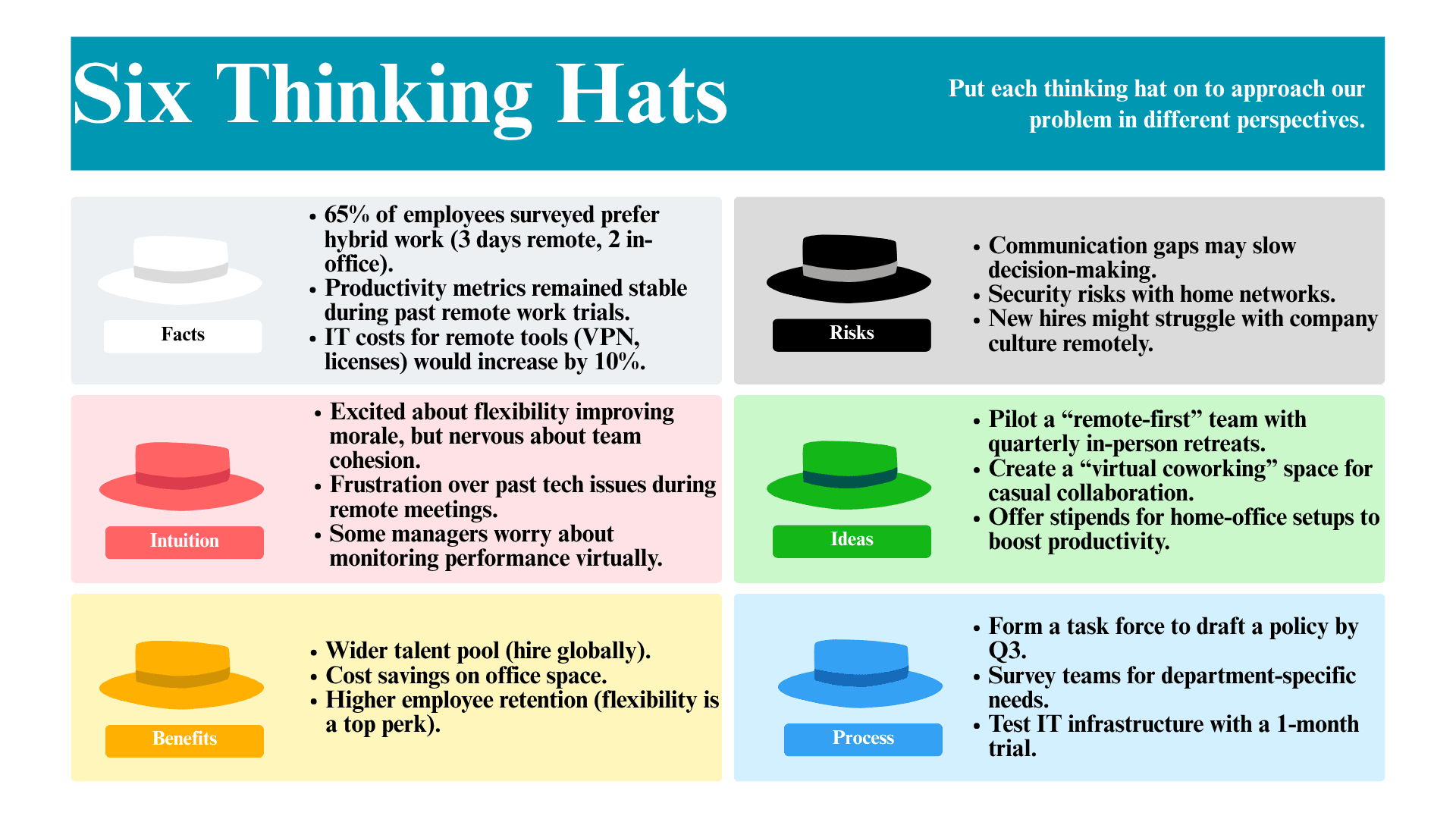
From data-driven insights to emotional considerations, potential risks to optimistic outcomes, creative solutions to concrete action steps, the Six Thinking Hats template navigates the complexities of the decision in a focused and collaborative manner.
Free Download: Six Thinking Hats Template
You can download the Six Thinking Hats Template mentioned above by clicking Use Template button on this page. Customize it to fit your specific needs and preferences.
